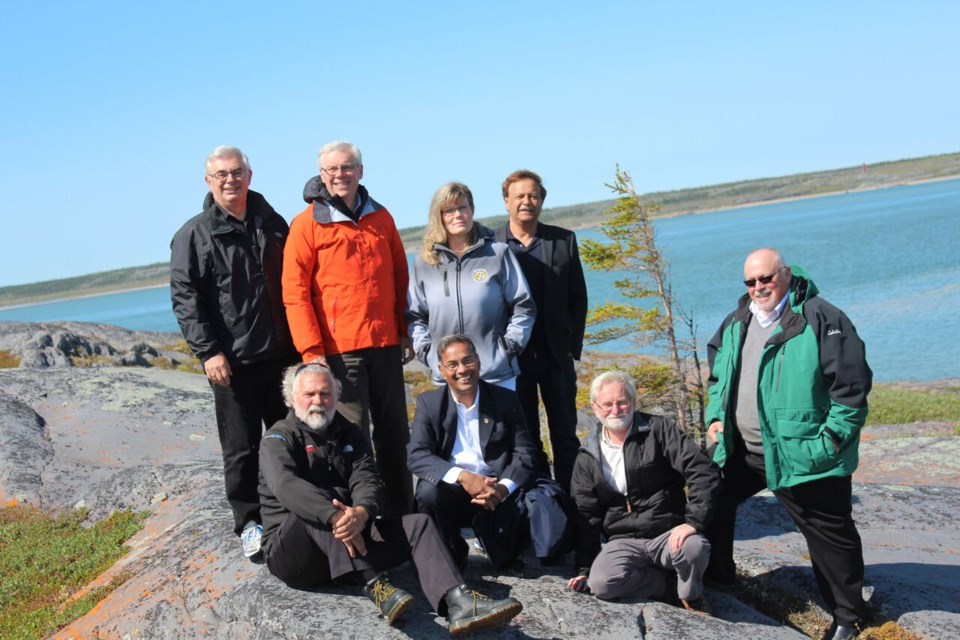A new building will be popping up in Churchill in 2017 and it will bring in even more researchers to the polar bear capital, but to research an entirely different subject.
On July 6, Shelly Glover, minister of Canadian heritage and official languages and minister responsible for Manitoba, as well as Premier Greg Selinger, travelled to Churchill to make a funding announcement regarding the new Churchill Marine Observatory.
The Manitoba government will be investing nearly $9.7 million over four years to help build the research facility that will be located in the Port of Churchill. The federal Canada Foundation for Innovation (CFI) is also giving $12.4 million.
This conservatory is going to bring researchers from the universities of Manitoba, Calgary, Victoria, Laval, Dalhousie and even Washington, as well as government department workers together, where they will research what to do when oil spills happen.
C.J. Mundy, co-leader of the project, says it’s happening in Churchill because of the changing climate, and the ice cover being open for longer, which could open a new passageway through the Arctic Ocean and Hudson Bay and the Port of Churchill. Mundy says since there could be more shipping, there could be a greater risk of accidents and pollution. “We have this responsibility, I would think, to try to meet this, by researching if there is a spill, how can we detect it, how can we mitigate the impacts of the spill. That’s basically what we’re going to be focusing on.”
Construction on the new building will begin next year, and should be completed by the end of the 2017 construction season.
While different scientists are researching at the new facility, journal reports will be written at the university level to keep all researchers up to date with new findings. Mundy says if anything newsworthy is brought up, public outreach will then be made possible.
Inside the facility there will be two saltwater subpools that will be able to simultaneously accommodate scenarios of oil spills. Oil can be added to one pool so researchers see what happens when it’s added to water, and how to handle the situation.
There will also be environmental observatories that Mundy is in charge of. These are instruments put on a line, and will lie at the bottom of the ocean using a weight. The instruments will be about to measure physical, chemical and biological aspects of the water over time.
Although it’s a while before it happens, Mundy says he’s completely excited about it, and looking forward to Manitoba growing even more in the science field.




